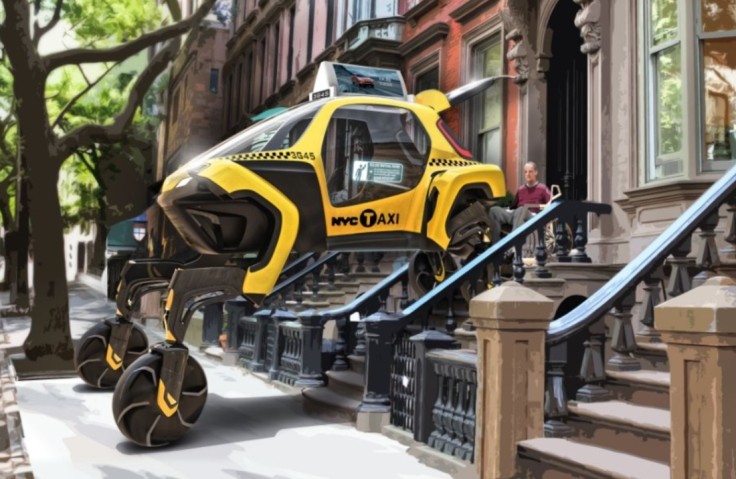As impressive as cars are that can still drive on rough terrain, they will still have limitations when it comes to certain elevations or gaps. Hyundai aims to create a vehicle that can not only, drive, but also walk using its robotic legs.

Hyundai Elevate
The walking vehicle is developed by Hyundai's startup, venture capital, and technical and conceptual innovation and development called CRADLE, which is meant to push the boundaries and surpass vehicle barriers that standard cars cannot overcome.
Elevate is equipped with wheels that are attached to complex multi-joint legs inspired by the structure of a grasshopper. With the robotic legs, Hyundai claims that the EV would be able to climb steps, lift itself to avoid flowing water, and even jump over gaps.
The concept of the vehicle was first introduced at the CES 2019 event with a small-scale prototype. The real-scale prototype was then presented at the CES 2024 event. Hyundai expressed that the innovative EV could be used for several applications.

Company Vice President John Suh stated that people living with disabilities around the world could "hail Hyundai Elevate that could walk up to their front door and allow their wheelchair to roll right in," along with a photo demonstration of a yellow cab appearance on the Elevate.
Other than the convenience for people with disabilities, Hyunadi listed a couple of other uses that can be applied to the vehicle, such as rural exploration, construction, and disaster relief. With the robotic legs, rescue teams would be able to access areas that might've been compromised.
Read Also : Uber Not Required to Provide Wheelchair Accessibility in US Cities, California Judge Rules
Why It Could Be Significant in Accessibility
Accessibility to vehicles, especially for people with disabilities who use wheelchairs is still not as developed as we'd hoped. If the Hyundai Elevate is used for ride-hailing service, it could be a step in the right direction that other companies have failed to enter.
Hyundai is not the first to provide EVs that are meant to drive people in wheelchairs. General Motors's Cruise unit also released vehicles that come with a platform to make it easier for wheelchairs to enter called Cruise WAV, as reported by Reuters.
The vehicle was based on the Cruise Origin, which, unlike the standard robotaxis from the company, no longer has a steering wheel and pedals. It's just one big space inside the vehicle where the passengers are faced with each other.
While it is the right idea and concept, the problem lies with Cruise's driverless method of getting to its destinations. Back in September 2023, Cruise was only waiting for regulatory approval from the National Highway Traffic Safety Administration for deployment.
Of course, we already know how that turned out. Cruise was forced to suspend its operations due to several accidents involving its driverless taxis, with some being harmless and others causing major injuries.
The last straw for the driverless taxi operation was when a woman, after being hit by a human-driven car, was thrown into the path of a Cruise robotaxi and dragged the civilian before she was pinned under its wheels.









